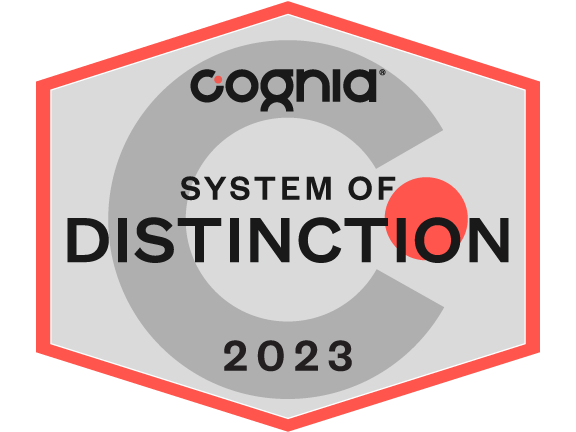At Risk
The SDE recognizes that students may be at risk of not experiencing school success and are in danger of school failure and/or non-completion. This may be due to situations, circumstances, and/or conditions (e.g., environment, family, and health) that they may have limited control. By providing focused attention and assistance in identified areas of need, students will be given opportunities to experience school success. Many of these students may be served at the local level through alternative programs.
Observable indicators used to identify students who are at risk may include, but are not limited to, the following:
- Academics (e.g., poor reading skills, inadequate communication skills, readiness to learn, poor performance, low test scores, or retention).
- Attendance (e.g., excessive tardiness and/or absences, truancy, or dropouts).
- Behavior (e.g., inadequate social/emotional adjustment, discipline problems, or juvenile court involvement).
- Environment (e.g., family, school, or community):
- Adverse or chronic health conditions.
- Attempted suicide.
- Homelessness/family mobility.
- Limited literacy in family.
- Poverty.
- Student neglect and/or abuse.
- Student pregnancy/parenthood.
- Substance abuse.
- Traumatic experiences (e.g., family violence, death of family member, or victim of natural disasters).
- Other.
Observable indicators used to identify students who are at risk may include, but are not limited to, the following:
- Academics (e.g., poor reading skills, inadequate communication skills, readiness to learn, poor performance, low test scores, or retention).
- Attendance (e.g., excessive tardiness and/or absences, truancy, or dropouts).
- Behavior (e.g., inadequate social/emotional adjustment, discipline problems, or juvenile court involvement).
- Environment (e.g., family, school, or community):
- Adverse or chronic health conditions.
- Attempted suicide.
- Homelessness/family mobility.
- Limited literacy in family.
- Poverty.
- Student neglect and/or abuse.
- Student pregnancy/parenthood.
- Substance abuse.
- Traumatic experiences (e.g., family violence, death of family member, or victim of natural disasters).
- Other.




